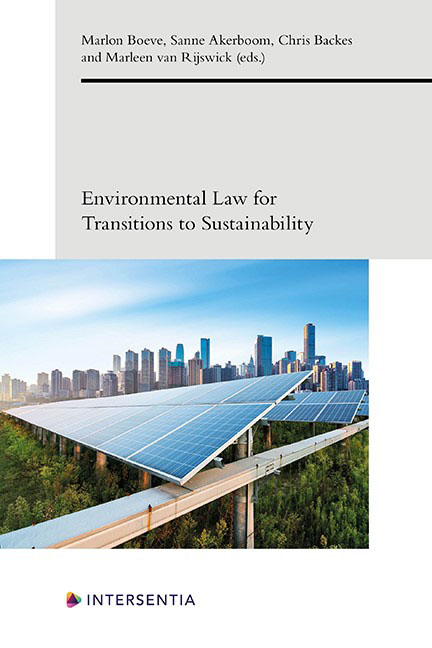Directive 2003/4/EC as a Tool to Learn from the Successes and Failures of the EU ETS: Reflecting on the EU Emission Trading System
Published online by Cambridge University Press: 11 November 2021
Summary
INTRODUCTION
The transition to a sustainable future has been on the EU's agenda for many years. One of the key challenges in this transition is to reduce greenhouse gas emissions. Since its launch in 2005, the EU Emission Trading System (EU ETS) has been one of the cornerstones of the EU's efforts to reduce greenhouse gas emissions. Now, at the end of phase 3 of the EU ETS, it is timely to ask what we can learn from its successes and failures, with a view to fine tuning and improving the system. Most literature on the EU ETS has, thus far, focused on identifying weaknesses in the system with a view to suggesting improvements. The weaknesses that have been identified by the literature are mostly structural deficits or results thereof, such as the free allocation and the large surplus of allowances and the sanctioning provisions of the EU ETS. In addition, the literature has dissected the compliance cycle of the EU ETS; the set of rules that is intended to ensure that participating industries comply with their obligations. Even though these studies have contributed to a better understanding of the EU ETS and have suggested improvements, it is hardly possible to properly review, for example, the compliance cycle, since available information on the enforcement of and compliance with the EU ETS rules is mostly published in aggregated form.
However, to be able to identify aspects that need improvement, it is necessary to dig deeper. Consequently, in addition to the question of what we can learn from the successes and disappointments of the EU ETS, we must ask whether we are actually in a position to reflect on the EU ETS compliance cycle. The Aarhus Convention and the Access to Environmental Information (AEI) Directive set out that the public must, in principle, be given access to environmental information held by public authorities upon request. Since the EU ETS ultimately aims at protecting the environment by reducing greenhouse gas emissions, requests for information related to the EU ETS generally fall under the Aarhus regime.
- Type
- Chapter
- Information
- Environmental Law for Transitions to Sustainability , pp. 109 - 128Publisher: IntersentiaPrint publication year: 2021



